ŌĆ£The ŌĆÖarchitecturalŌĆÖ is the link in all of my work.ŌĆ£ INTERVIEW with Jeroen Molenaar
Dutch artist Jeroen Molenaar (1979) ‘s multifaceted work is situated on the┬Āedges of arts, design and architecture. Working with sculptures, photography and sculptures, it is the ŌĆ£architecturalŌĆØ that links all these media in his work, says Molenaar.
Having studied architectural design / interior-architecture at the CABK ArtEZ Academy in Kampen (NL), Molenaar decided to work as an artist after his graduation. A fascination for construction as it is significant in our everyday world, is the basis for his work, raising questions of public space and its infrastructure, of boundaries between functionality and the autonomy of an object, forms and structures.
His work “Vertical Landscape”, a sculpture made of wood which can be fixed on the wall like a spatial drawings, ┬Āhas been selected for the┬ĀIII Moscow International Biennale for Young Art 2012 at the┬ĀMoscow Museum of Modern Art.
On deconarch.com, Jeroen Molenaar shares the motivation of his artistic work, his interests and how architecture influences his approach.
all images (c) Jeroen Molenaar,┬Āwww.jeroenmolenaar.com
INTERVIEW
You studied architectural design / interior architecture, but then chose to work as an artist. Why?
At the time of my study, I wanted to be an architect and read a lot about architecture. I was fascinated by the avantgarde architects like; Zaha Hadid, Daniel Libeskind, UN Studio and Herzog & de Meuron. Those architects who made buildings like sculptures. The way they create space is fascinating. There lies my fascination about dynamic shapes and lines, too.
After my bachelor degree I rented a studio and since then I was hooked by the freedom of an artist. I can make my own work without compromise and thatŌĆÖs a freedom which an architect never has. So I still make architectural related work. Spaces. But now with the freedom in size, material and construction.
Your work is architecture-related ŌĆō can you tell us a little more about it? What are you interested in?
I work on projects which are situated on the edges of arts, design and architecture. The “architecturalŌĆØ is the link in all of my work and expresses itself in sculptures, photography and paintings.
The tension is created by contrasts and opposites in colour, form and material. I also use the different art disciplines to accentuate this tension.
IŌĆÖm always searching for dynamic shapes and lines.
They must be objects that intrigue and fascinate, that play with the rules of gravity and construction, that are photogenic and sometimes functional. I research a lot with scale models and metal thread models. By using metal thread, the models create a “line-drawingŌĆØ that can be read as a spatial drawing.
Then I am also interested in compelling infrastructure dominating the public space. In my work I question the boundaries between functionality and autonomy, I always begin with the autonomy of the object. Function is not a principle but a side issue for me. In my paintings and photographs, you can see the link of architecture and public space. Composition, patterns and lines can be seen, a connection exists between the two-dimensional work and spatial objects. The construction determines the shape of my work. I play with gravity. In each completed artwork, is the seed sown for a new work.
How does architecture influence your artistic work?
I am fascinated by architecure. It influences my work in all kind of ways. Architectural drawings can be linked to my work and I like the constructive part of architecture. How things are constructed, how one thing is related to another. I like to play with gravity and construction like architects do.
In the built, constructed world around me.
You work with a broad range of media. Which materials do you prefer to work with and why?
I am influenced by Constant Nieuwenhuys. He made a project called ŌĆśNew BabylonŌĆÖ. With this project he combined maquettes, sculptures, paintings and collages. From one focus he used different media to work with. ThatŌĆÖs also what I am doing. I ŌĆ£buildŌĆ£ drawings/collages, paintings, photographs and sculptures. As an artist Nieuwenhuys worked like an architect. I work the other way round.
How is your working process?
It depends on what I do. For sculptural work I start with making a small drawing and translate it into a small object made of metal thread. Then I enlarge it into a bigger object. ItŌĆÖs important to keep the tension from the drawing in the object. The tension is crucial.
Apart from Nieuwenhuys, are there other role models and influences inspiring your work?
There are many inspirations. The exhibition at the Gemeentemuseum (The Hague) of ŌĆ×Constant about New BabylonŌĆ£ (Ode to Constant, 2005-2006) had a huge impact. Last year the exhibition of J.-M. Basquiat in Paris was very interesting as well.
Then painters like Constant Nieuwenhuys, Franz Kline, J.-M. Basquiat, David Schnell or Koen van der Broek, the architects I mentioned earlier. Photographers like Andreas Gursky, Edward Burtynksy or Saul Leiter …
At the time of writing I am busy with a new series of paintings. And some new ideas of for wall objects.
In your own words: What is characteristic of your work?
Zaha Hadid wrote about her 89 degrees that the idea of an oblique angle is much stronger then a rectangle. For example, a cube is more interesting when you see it in perspective.
In mostly all of my work you can see the 89 degrees. The oblique angle is the basic element in my work.
┬ĀJeroen Molenaar, thanks for sharing your work!

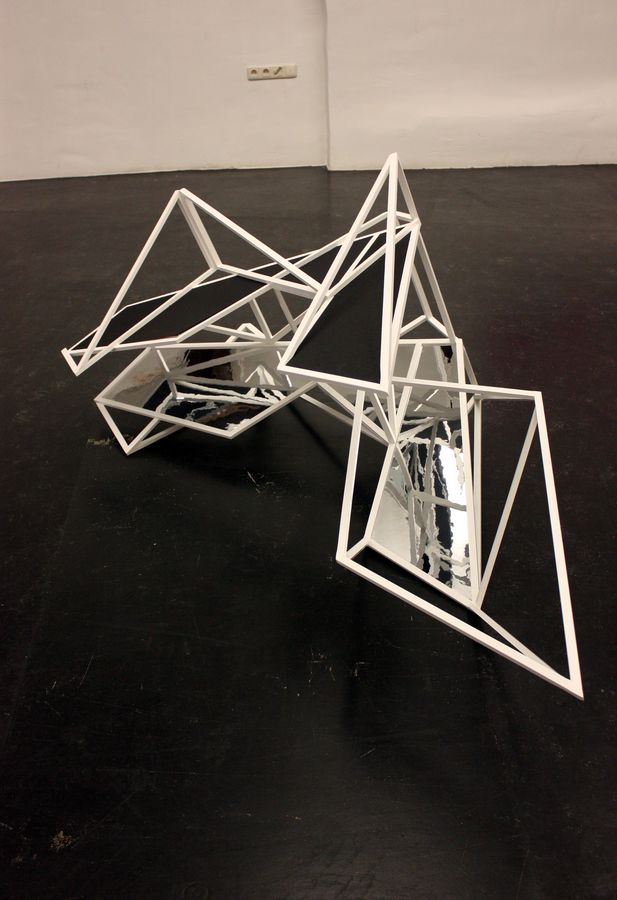

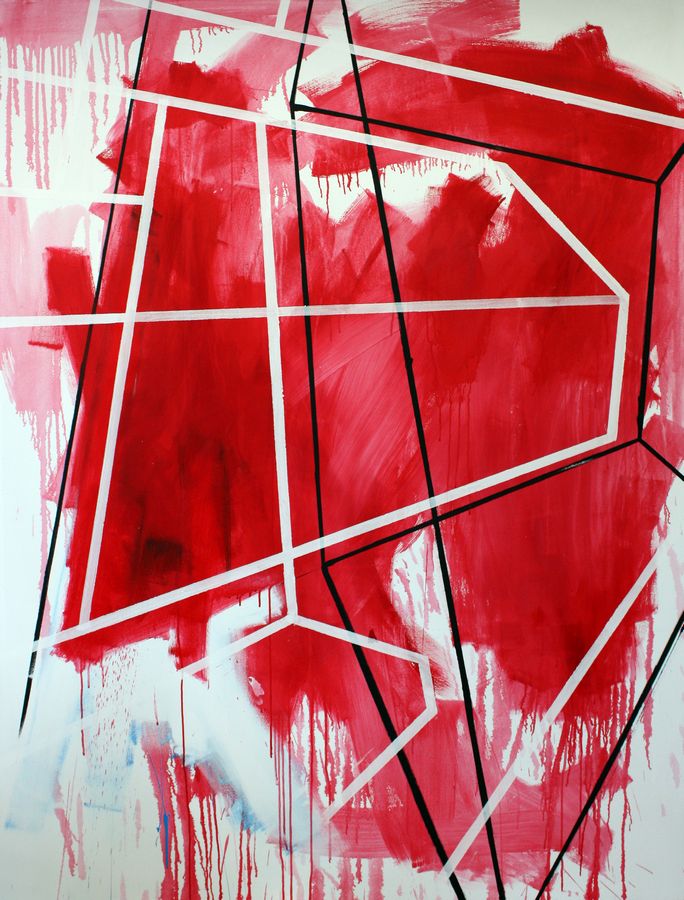
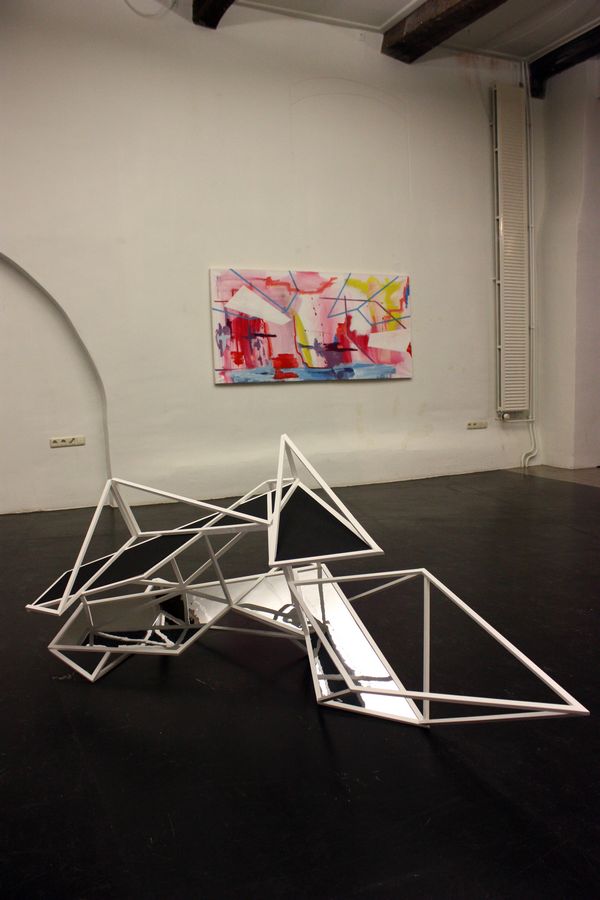
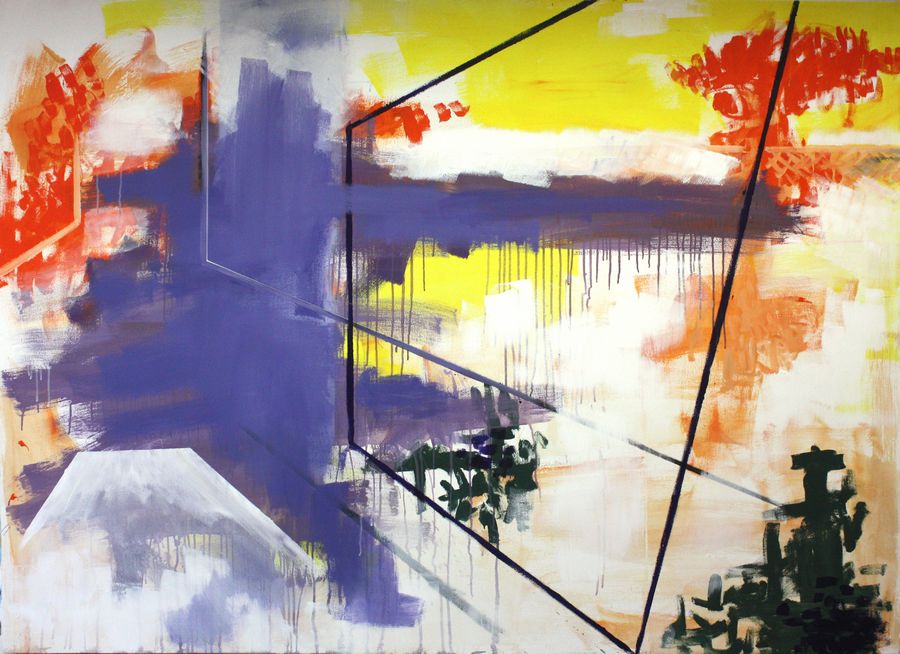



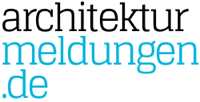
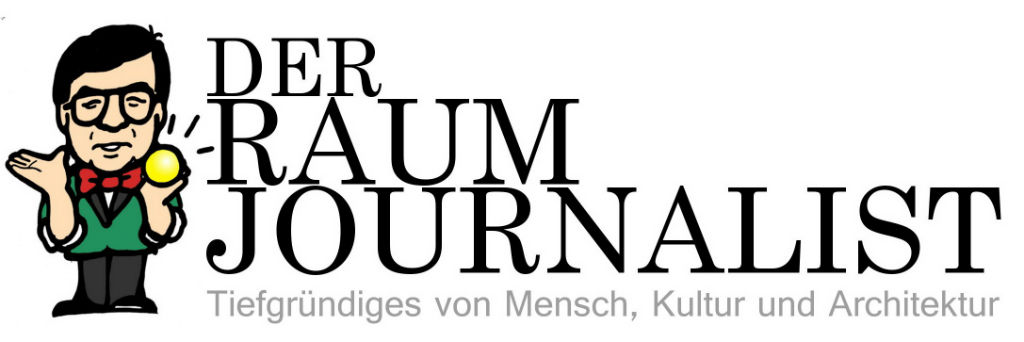



Trackbacks/Pingbacks
[…] posted on May 15 2012 a big interview about me and my work! I am very pleased with it. Thank You┬ĀDeconarch┬Āand Simone […]